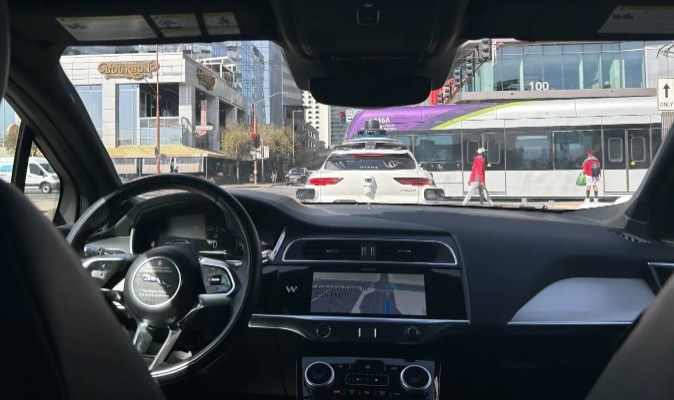Alphabet’s Waymo and auto manufacturing giant Magna International are accelerating their collaboration to expand robotaxi production. The companies announced Monday plans to double production at their new plant in Mesa, Arizona, by the end of 2026. The “Waymo Driver Integration Plant,” a 239,000 square foot facility located near Phoenix, will be responsible for assembling over 2,000 Jaguar I-PACE robotaxis, according to Waymo.
These vehicles will supplement Waymo’s existing fleet of approximately 1,500 robotaxis. Waymo stated the plant is designed to be “capable of building tens of thousands of fully autonomous Waymo vehicles per year” once fully operational. The facility is also slated to begin building the more advanced Geely Zeekr RT robotaxis, featuring Waymo’s “6th-generation Waymo Driver” technology, later this year.
The Mesa plant, a joint initiative between Waymo and Magna, opened in October, as reported by Forbes. Phoenix serves as Waymo’s domestic manufacturing hub, where the Alphabet-owned company launched its commercial robotaxi service in 2020.
Waymo is currently conducting 250,000 paid, driverless rides weekly across its service areas in Austin, the San Francisco Bay area, Los Angeles, and Phoenix. The company plans to expand its service to Atlanta, Miami, and Washington, D.C., in 2026.
Alphabet CEO Sundar Pichai recently indicated that Waymo’s long-term business model is still under development, with “future optionality around personal ownership” of vehicles equipped with Waymo’s self-driving technology. This was followed by a preliminary partnership announcement with Toyota to explore integrating the technology into personally owned vehicles.
In the competitive landscape, Tesla has announced plans to launch a robotaxi service in Austin in June, utilizing its Model Y SUVs and “Unsupervised Full Self-Driving” technology. Tesla CEO Elon Musk has been critical of Waymo’s approach, citing the higher cost of their vehicles. Waymo’s systems employ more sophisticated and expensive sensors, including radar and lidar alongside cameras and sonar, while Tesla’s systems primarily rely on cameras.
Despite the differing technological approaches and costs, Waymo has established a lead in the robotaxi market and is positioned to more than double its U.S. fleet by the end of 2026. Tesla does not currently offer vehicles approved for use without a human driver ready to intervene.


Leave a Reply